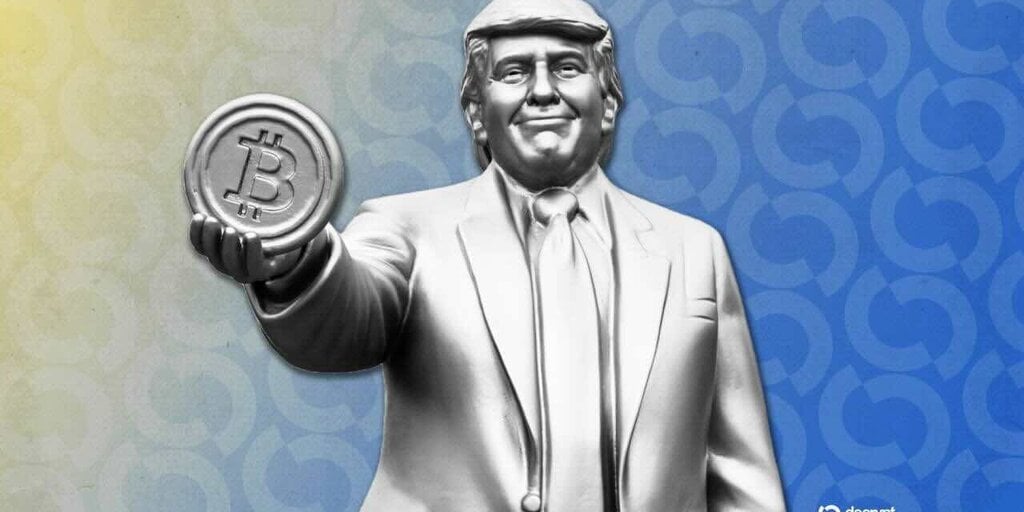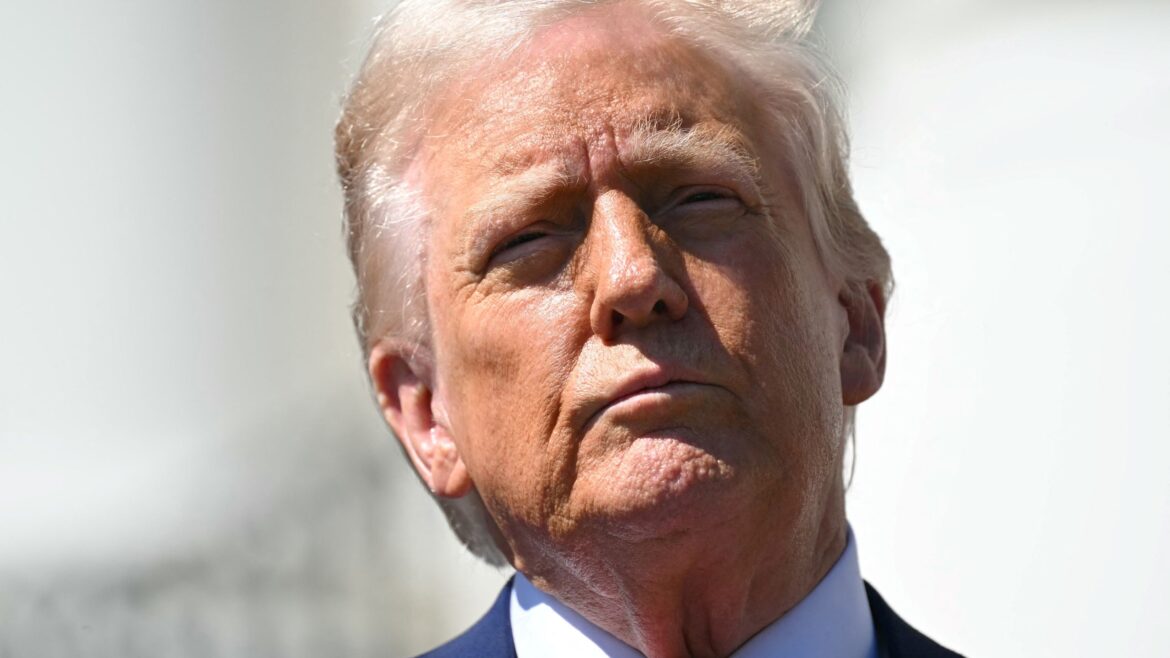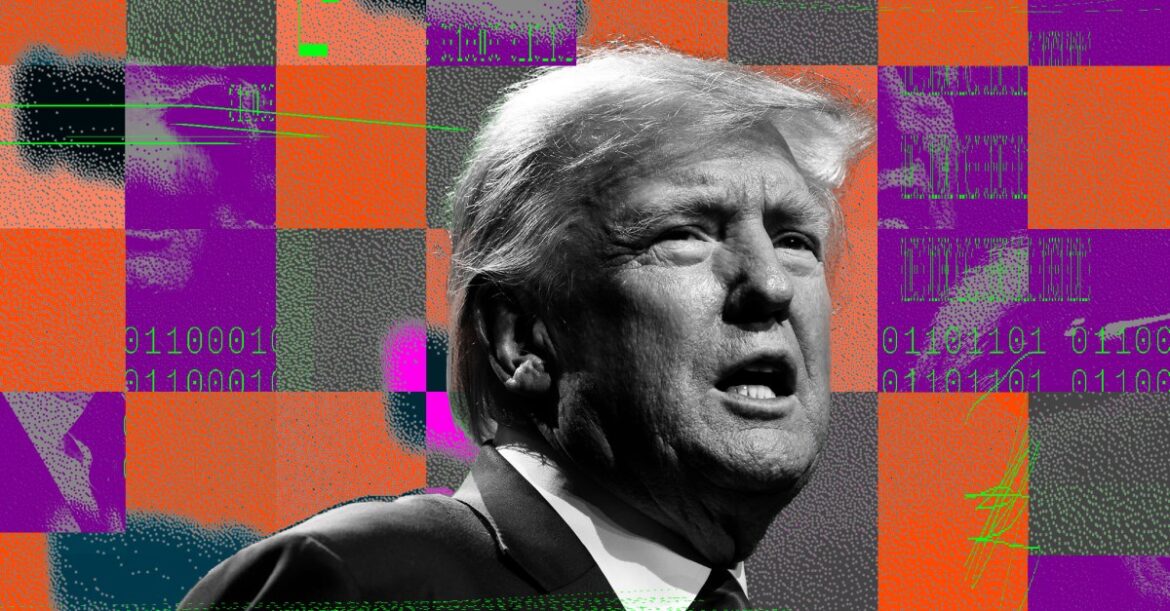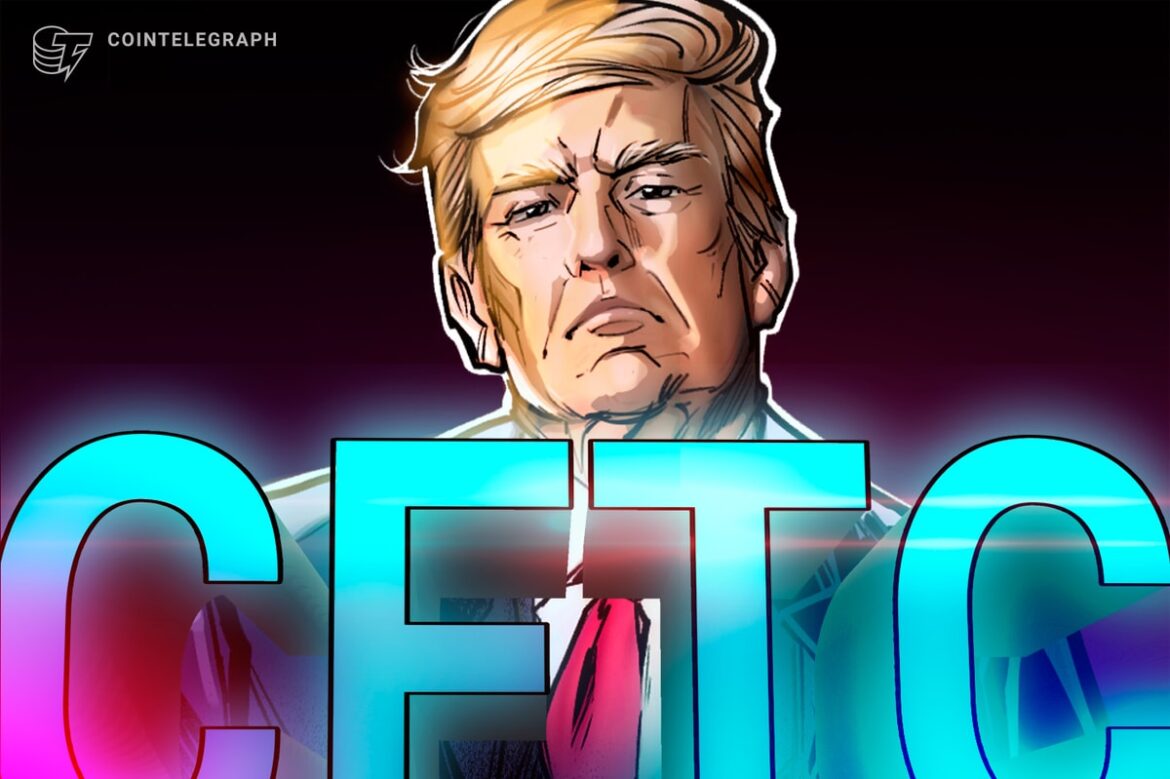In brief
- President Trump said his administration is considering $1,000-$2,000 checks for citizens based on tariff revenues.
- Americans received up to $3,200 in 2020-2021, up to $40 billion of which was estimated to have been invested in Bitcoin and stocks.
- That $3,200 could be worth more than $26,000 today if invested in Bitcoin upon receipt of each payment.
President Donald Trump said this week that his administration is exploring a “distribution” of as much as $2,000 apiece to the American people on account of the funds generated by his tariff policies.
“We also might make a distribution to the people, almost like a dividend to the people of America,” the president said in an interview with One America News. “We’re thinking maybe $1,000-$2,000.”
The last time stimulus checks hit the bank accounts of American citizens, up to an estimated $40 billion was expected to be used to buy stocks and Bitcoin.
Stimulus checks were sent to American citizens as part of a $2.2 trillion stimulus package signed under the first Trump administration during the COVID-19 pandemic in 2020, leading to a surge in Bitcoin and stocks.
In 2021, with President Joe Biden then in office, another round of stimulus was approved, once more providing Americans with annual incomes below $150,000 with additional checks of up to $1,400.
If you had invested that first $1,200 into Bitcoin, which was changing hands at $6,878 at the close of April 11, 2020—the first day of direct deposit stimulus payments—then you would have around 0.1744 BTC, worth about $21,270 today. That represents a gain of 1,672%.
Injecting the other two checks into Bitcoin as soon as possible would have provided around another 0.0424 BTC or $5,170 based on the current price
In total, around $3,200 in stimulus checks could have netted you more than $26,000 in Bitcoin if invested in the leading cryptocurrency during those windows.
Though a strong gain, the number pales in comparison to the gains accumulated should you have jammed the funds immediately into Dogecoin. At the meme coin’s 2021 peak, which took place just after the final stimulus, the three stimulus checks would have netted you around 600,000 Dogecoin (DOGE)—about $438,000 worth at its peak.
If you held it all until today, you’d still have nearly $150,000—a gain of more than 4,576%.
Formal details about the Trump administration’s teased tariff checks remain outstanding, but $2,000 would allow investors to snatch about 0.0165 BTC at present time—over 1.6% of a full coin. Who knows how much that’ll be worth in five years, but if Bitcoin’s history is any indication, then it could be a bet worth making.
Daily Debrief Newsletter
Start every day with the top news stories right now, plus original features, a podcast, videos and more.










